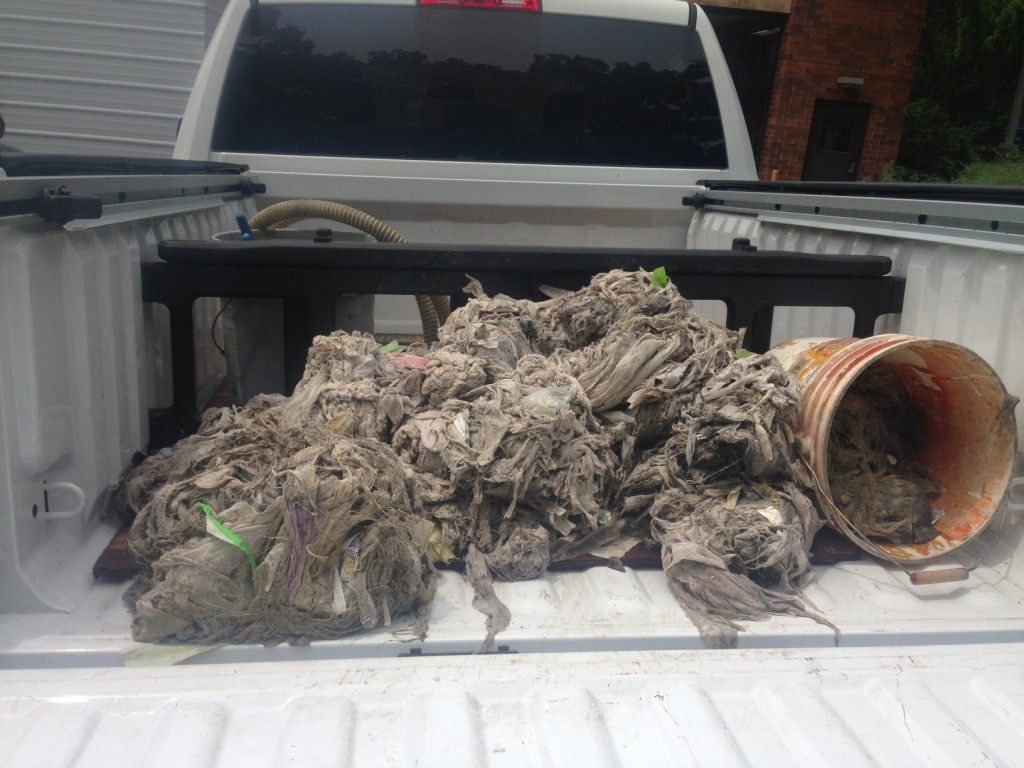Sewer System
The Lake Pewaukee Sanitary District was formed in 1944. The initial plan was to start inspecting septic systems for compliance and remove the garbage and pollution entering into the lake. See the HISTORY section for more details on how it all started.
To date, the Lake Pewaukee Sanitary District owns and maintains approximately 48 miles of sanitary sewer and 14 lift stations. Each residence has their own sewer lateral that should be maintained (cleaned free of debris). A list of sewer cleaners can be found in this yellow pages link. Garbage collection is done through the City and Town contracts with garbage collection agencies. The sanitary sewer conveyance system includes areas in the Town of Delafield and the City of Pewaukee. All the effluent flows to the Village of Pewaukee pump station number 1 and then is transported to the Fox River Pollution Control Center in the City of Brookfield.
The Lake Pewaukee Sanitary Districts collection system is generally shown on the map below although additional systems (new subdivisions) are being added so the map will continue to be updated.
 Collection System
Collection SystemThe lift stations are critical for operation of this system and probably are the least understood by our users. The “users” are the people in the District that are paying the LPSD user fee. These lift stations are lifting the sewage up so it can drain by gravity a few miles before having to be lifted up again. One of the critical factors that cost the users money are the cleaning rags that are being flushed down the toilet. Cleaning rags and other debris clog these pumps and check valves. Once clogged, we receive alarms at the stations such as “pump failure.” Typically it is in the middle of the night. This requires TWO maintenance staff to get out of a warm bed, typically during a storm, drive to the office garage, get tools, go to the problem site and remove a pump.
The pump is pulled and then rags cleaned out.The pump is then reinstalled, tested for operation and leaks, the tools are packed back up, drive back to the shop, close the gates and lock up, drive home and try to get back to sleep. This costs the District money, which means it cost the users money. Help us stop these unnecessary trips which will help us keep the user fees down.



